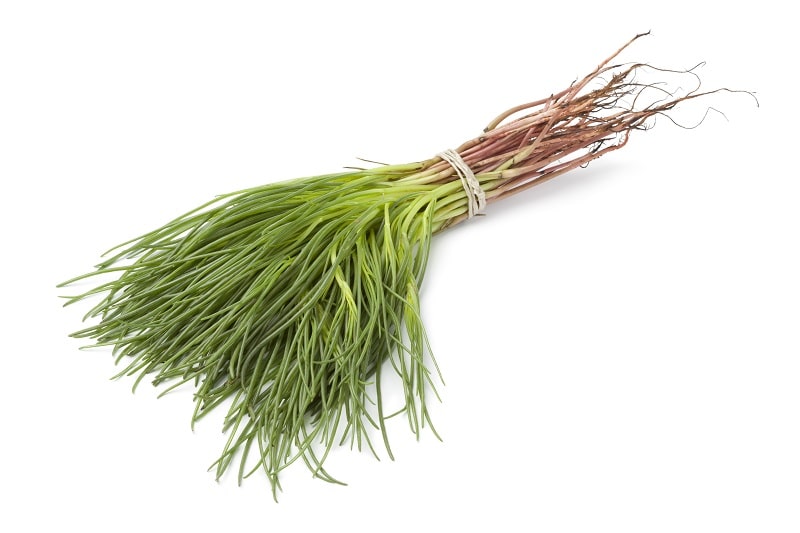Halophytes are a group of plants adapted to thrive in saline or salt-rich environments. They have unique physiological adaptations that allow them to withstand high salt concentrations in their surroundings.
Historical Context
The study of halophytes and their adaptations has been ongoing for centuries, with early observations by botanists and researchers.
Production and Sourcing
Halophytes are typically found in coastal areas, salt flats, and other saline ecosystems. They can be sourced for various purposes, including research and agriculture.
Applications
Halophytes have applications in phytoremediation, agriculture, and as a potential source of salt-tolerant crop varieties.
Regulatory Framework
Regulations related to the cultivation and use of halophytes may vary by region and purpose, with some countries promoting their cultivation for environmental benefits.
Consumer Concerns
Consumers may not directly encounter halophytes in their daily lives but may be interested in their role in sustainable agriculture and environmental conservation.
Health and Safety
Halophytes are not commonly consumed by humans but are an important ecological resource for wildlife in saline environments.
Applicable Products
Products derived from halophytes may include soil conditioners, phytoremediation solutions, and research materials for studying salt tolerance in plants.
Alternatives
In agriculture, salt-tolerant crop varieties can serve as alternatives to traditional crops in saline-prone regions.
Scientific Research
Scientific research on halophytes focuses on their unique adaptations, potential agricultural uses, and ecological roles in saline ecosystems.
Chemical Properties
Halophytes have evolved various mechanisms to exclude or tolerate salt, including salt glands, succulence, and ion transport systems.
Case Studies
Case studies may explore the use of halophytes in phytoremediation projects and their role in improving soil quality in saline areas.
Future Trends
Future trends may involve the development of salt-tolerant crops and innovative approaches to utilizing halophytes in sustainable agriculture.
Opinions
Opinions on halophytes often revolve around their ecological importance, potential in agriculture, and contributions to ecosystem resilience.
Warnings
While halophytes are generally not harmful, there may be concerns related to their impact on local ecosystems if introduced outside their natural habitat.
Synonyms
Halophytes are commonly referred to as salt-tolerant plants.
Conclusion
Halophytes are remarkable plants with unique adaptations to saline environments. Their study and potential applications in agriculture and environmental conservation hold promise for addressing global challenges related to soil salinity and sustainable food production.







